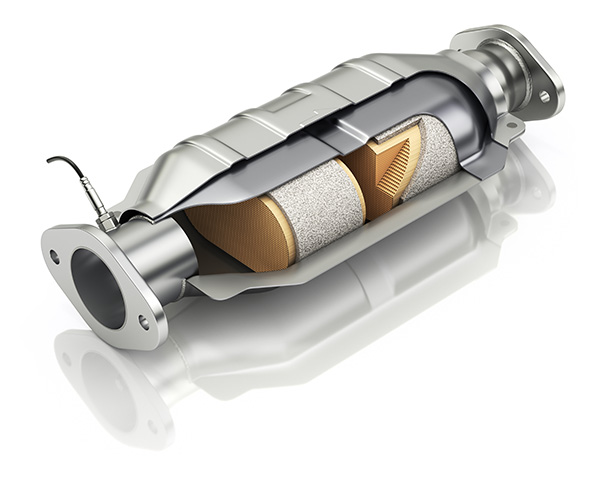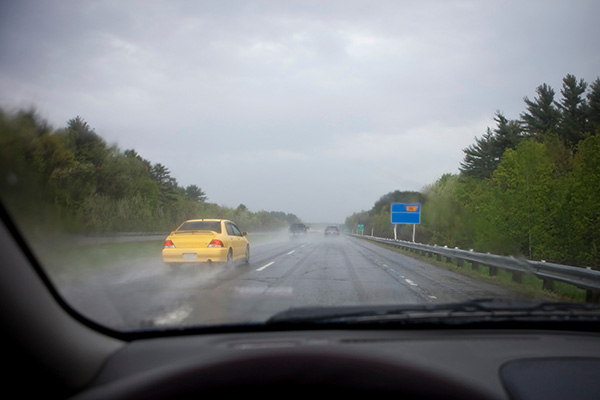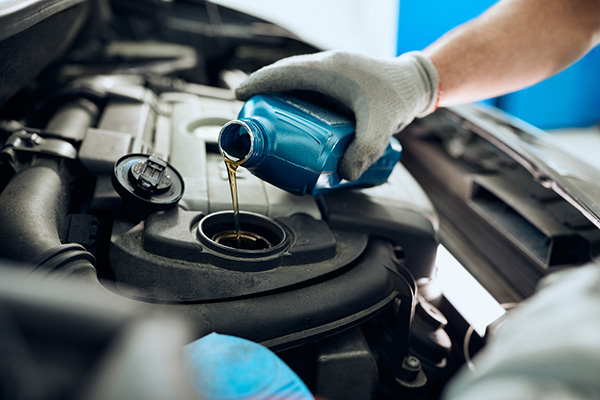Posted on 6/27/2025

If you've ever caught a whiff of something burning while driving, it's a sign your car is trying to tell you something. Unusual smells are never a good sign, and a burning odor is among the most urgent to investigate. While not every scent signals immediate danger, ignoring a burning smell can lead to serious mechanical issues or even safety risks. Knowing the most common causes of this odor can help you act quickly before damage occurs. Whether the issue is minor or more serious, identifying the source early is the best way to keep your car running safely and efficiently. Burning Rubber Smell One of the most noticeable burning odors is a rubbery scent, and it usually points to parts in your car overheating or rubbing where they shouldn’t. This could be from a slipping serpentine belt or worn-out hose that is in contact with hot engine components. A loose belt can overheat from friction, while a misaligned pulley or malfunctioning tensioner can cause s ... read more
Posted on 5/30/2025

If you’ve started your car and been greeted by an unusually loud roar instead of the usual hum, there’s a chance your catalytic converter has been stolen. Catalytic converter theft has become a widespread issue across the country, affecting all types of vehicles and leaving drivers with unexpected, costly repairs. But why are thieves targeting this specific part of the exhaust system? And what can you do to protect your vehicle from becoming a target? What Makes Catalytic Converters So Valuable Catalytic converters contain precious metals such as platinum, palladium, and rhodium. These metals are essential to the chemical reactions that reduce toxic emissions. In recent years, the value of these metals has skyrocketed, making catalytic converters a lucrative and attractive target for thieves. The converters are easy to access from underneath the vehicle, and a thief with a cordless saw can remove one in just a few minutes. Once stolen, the part can be s ... read more
Posted on 4/28/2025

It’s not uncommon for drivers to notice a plastic or metal panel hanging down under their vehicle—or missing entirely after a minor road mishap or repair. That panel is your underbody shield, called a splash guard or skid plate. While it might not seem significant, it actually plays an important role in protecting your car’s underside. So, is it safe to drive without it? The Purpose of an Underbody Shield The underbody shield protects your engine components and other vital systems from road debris, water, salt, and other contaminants. It also helps manage airflow under the car to aid with cooling and fuel efficiency. Most shields are made from plastic or lightweight metal and are shaped specifically to fit your vehicle’s underside. Although it might seem like a minor piece, the shield contributes to both protection and performance. Short-Term Driving Without It If your shield has recently come loose or fallen off, you can s ... read more
Posted on 3/28/2025

When the weather turns sour—whether it’s rain, snow, or fog—the way you drive should change with it. But for many people, it doesn’t. That’s where problems start. Bad weather doesn’t cause accidents—bad decisions do. And unfortunately, the most dangerous mistakes people make in these conditions are often the ones they don’t realize they’re making. If you’ve ever felt your tires lose grip in a storm or struggled to see clearly in heavy snow, you already know how fast things can go wrong. Let’s break down the most common (and risky) driving behaviors that become even more dangerous when the weather takes a turn. Driving Too Fast for Conditions Even if you're within the posted speed limit, you're not always driving safely. Speed limits are set for ideal weather, not icy roads or downpours. The faster you go, the less time you have to react—and the more likely your car will lose traction. I ... read more
Posted on 2/28/2025

Getting your oil changed is already part of your regular car maintenance routine, so why not take care of a few other services while you're at it? Since your vehicle is already in the shop, it makes sense to handle some essential maintenance tasks that can keep your car running smoothly. By combining services, you can save time, prevent future problems, and extend the life of your vehicle. Here are six maintenance checks worth adding to your next oil change. 1. Tire Rotation and Pressure Check Tires wear down at different rates depending on their position. Front tires, for example, tend to wear faster because they handle most of the steering and braking force. Rotating your tires regularly ensures even tread wear, which improves handling and extends their lifespan. During an oil change, it’s also a good idea to check tire pressure. Underinflated or overinflated tires can affect fuel efficiency and traction, leading to uneven wear or even blowouts. Maintain ... read more